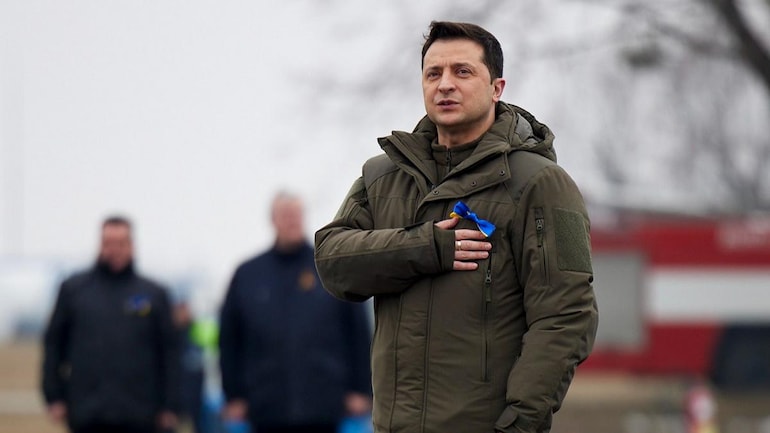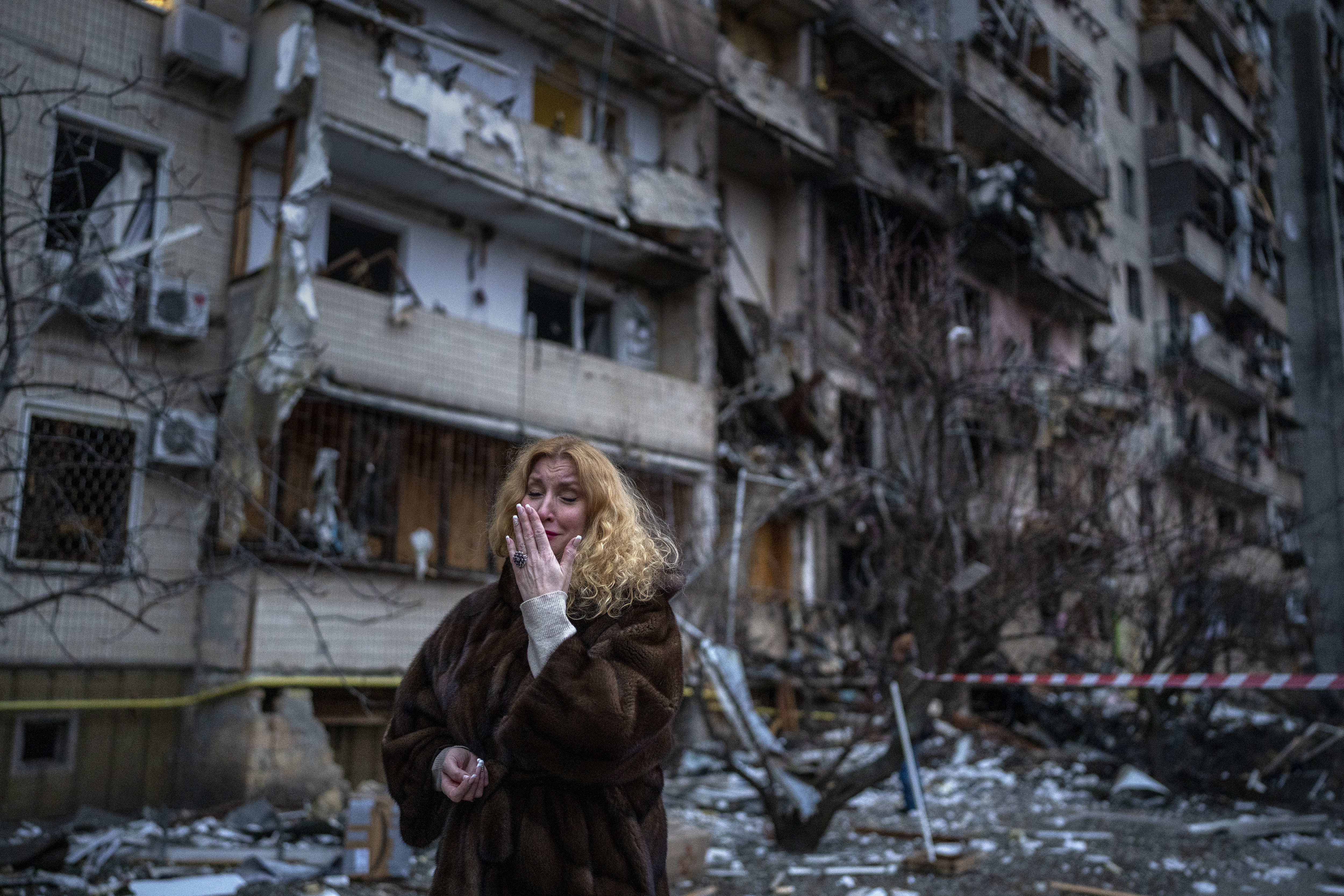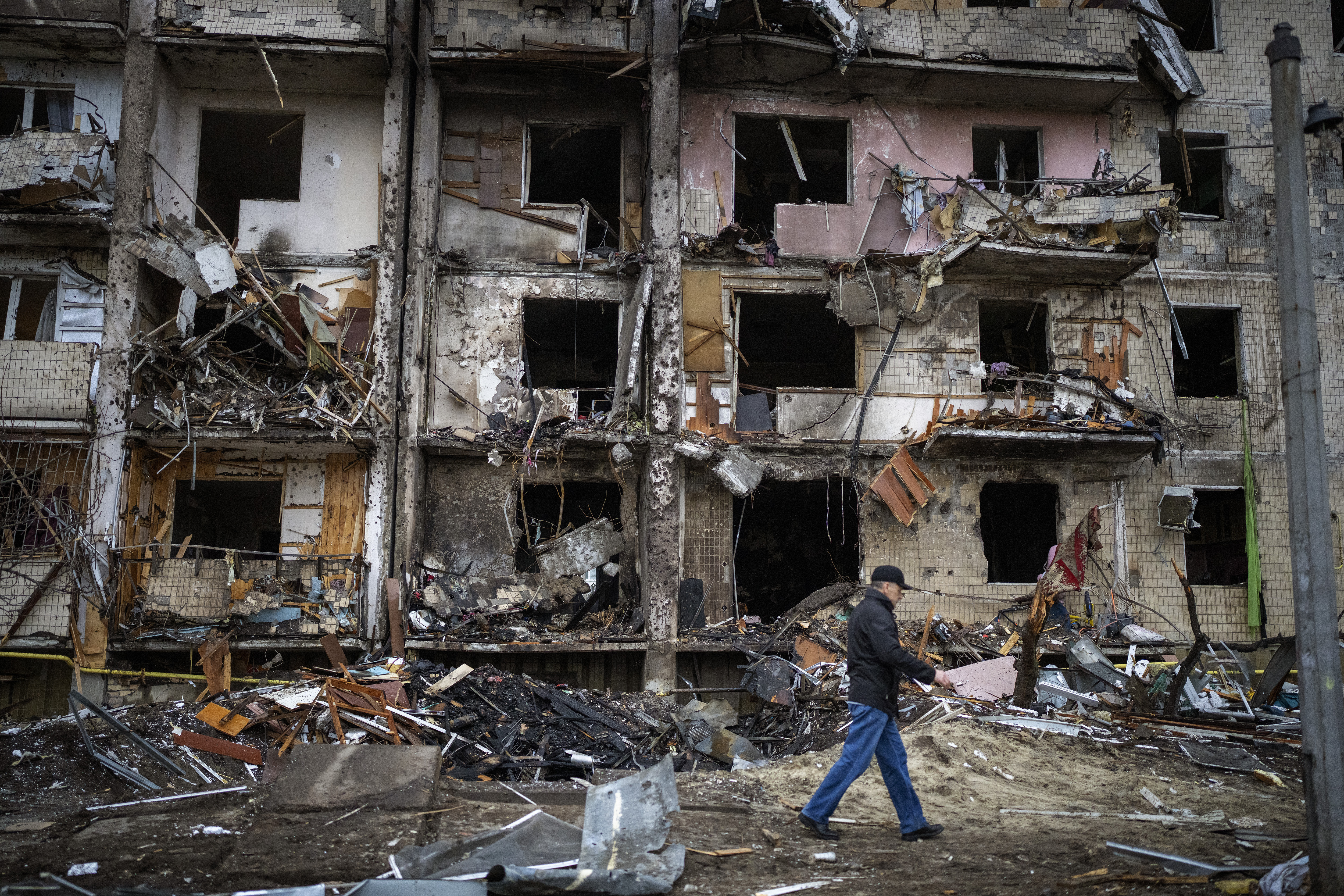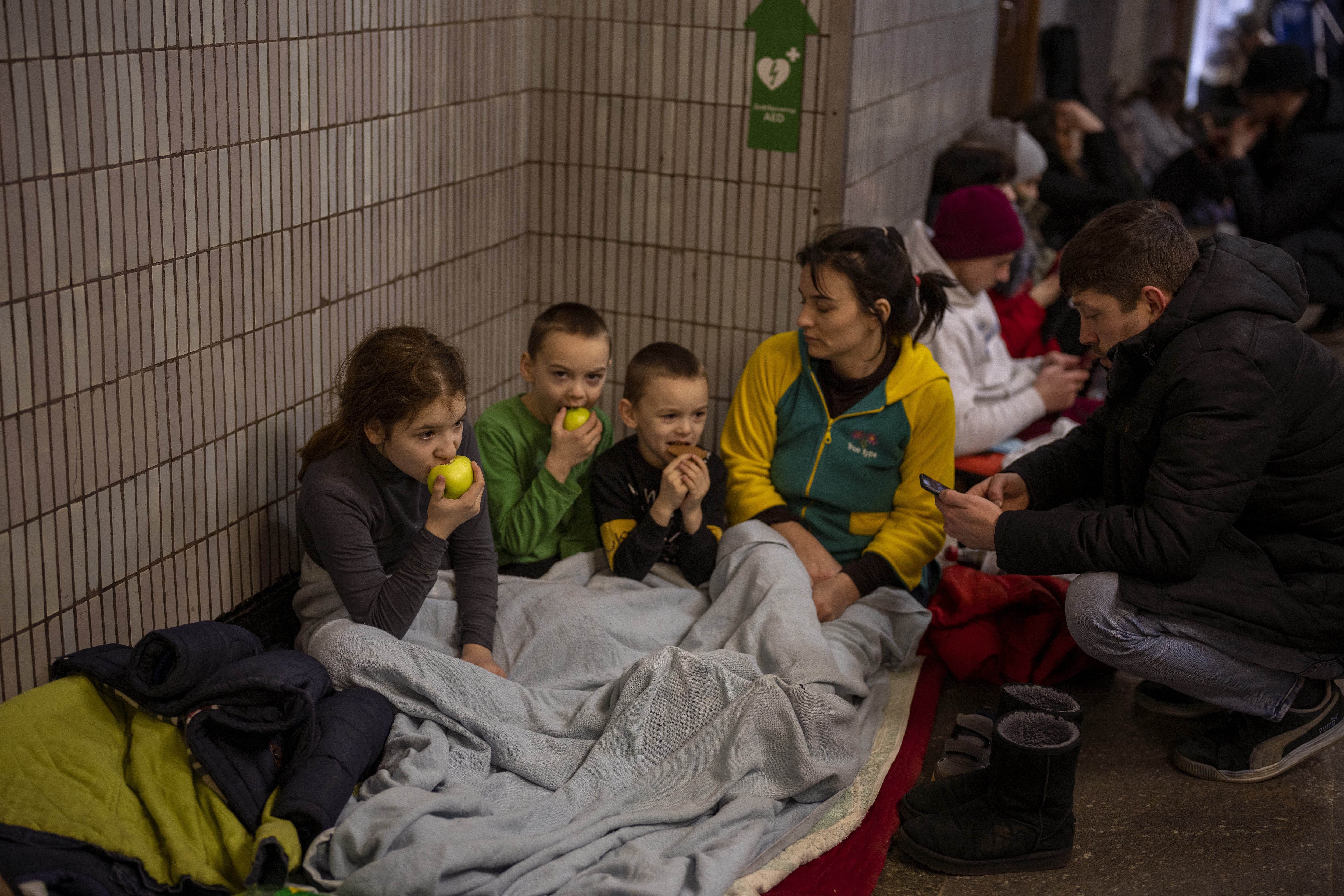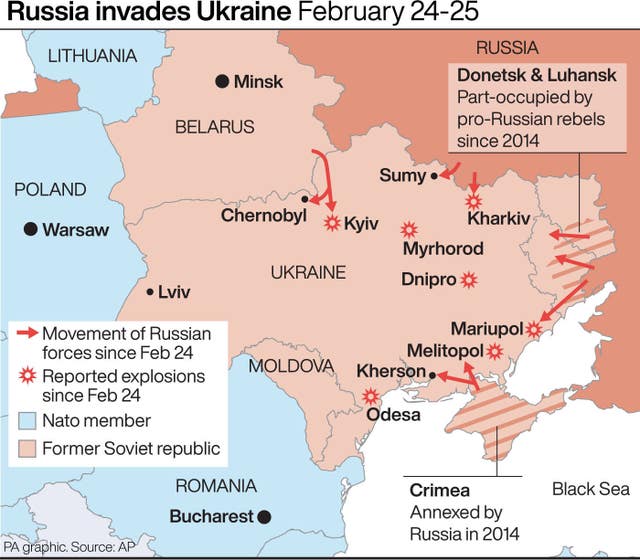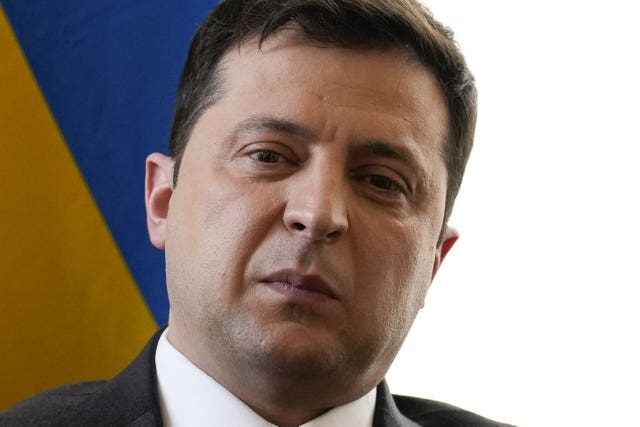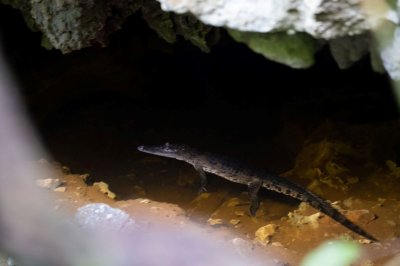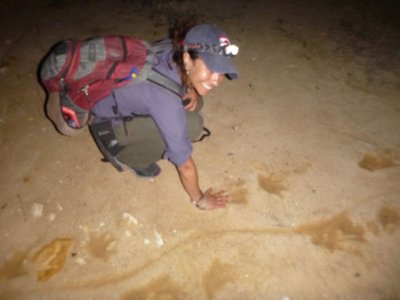Ukrainian refugees start arriving in an unprepared Hungary

Hungary is ill-prepared to welcome Ukrainian refugees, mostly ethnic Hungarians, who have been arrriving at its borders, local media reported on February 25. So far, several thousand people, the majority of them ethnic Hungarians from the Transcarpathian region of Western Ukraine, have crossed the border, many of them by foot or by bicycle. Their number is far less than in Poland.
According to media reports, the state is not prepared for their arrival. There are no shelters, no information booths, only drivers offering trips to Budapest for €100-150, ten times the train ticket price.
Border towns are opening up their schools as temporary shelters, but there is no one at the borders to inform them. A number of refugees entering Hungary are staying with relatives, but many have nowhere to go.
Hungarian officials appear unprepared for the start of the Russian invasion. Hungary’s defence ministry just a day before the operation started was talking about the improbability of a Russian invasion. Pro-government pundits and columnist were poking fun of US officials speculating on the date of the invasion.
Hungary's five border crossings with Ukraine are operating at full capacity, lines waiting on the Ukrainian side of the border now extend 3-5 km, Minister of Foreign Affairs and Trade Peter Szijjarto said in a video message on February 25.
Hungary has acted on requests by a number of countries to open a humanitarian corridor for their citizens leaving Ukraine, among them India, Iran, Ecuador, Israel, Zimbabwe, the Maldives, Mongolia and Jordan.
He added that legal measures have been taken allowing those people to enter Hungary without a visa and travel to the nearest airport to fly home. Szijjarto noted that Debrecen, Hungary's second-biggest city, has the closest international airport to the border with Ukraine. He said border crossing procedures for humanitarian deliveries to Ukraine crossing Hungary will be expedited, at the request of Ukraine.
On Friday, Prime Minister Viktor Orban consulted with Nato Secretary-General Jens Stoltenberg in Brussels at a meeting of heads of state and government of Nato members.
Together with Nato, Hungary is protecting Europe's borders. Hungary's security comes first, according to a short statement after the meeting.
Hungary’s government's tepid reaction to the attack on Ukraine reinforced views that Orban is walking a tight rope when it comes to criticising Vladimir Putin.
Hungary is seen as Russia’s strongest ally in the EU. The government argues it wants to build strong ties to secure Hungary’s energy needs. The country gets 90% of its gas from Russia.
Hungarian prime minister fails to call Russian invasion an aggression
Hungary’s strongman, who was a guest of the Kremlin just three weeks ago and hailed his trip as being on a peace mission, has been one of the last EU leaders to condemn Russia’s invasion
By bne IntelliNews February 25, 2022
Hungarian Prime Minister Viktor Orban, Russian President Vladimir Putin’s closest ally in the EU, has failed to call out the Russian invasion as aggression, instead stressing that Hungary must stay out of the military conflict. Orban is in a precarious situation as he faces a tight election in less than six weeks and has made Hungary dependent on Russian energy and nuclear technology.
"What matters most to us is the security of the Hungarian people," he said in a short message posted on Facebook, after an extraordinary session of the National Security Operative Corps. No details were published of the meeting.
"Sending either troops or military equipment to Ukraine was out of the question, though we will, of course, provide humanitarian aid,” Orban said, reflecting on comments by Peter Marki-Zay, the prime ministerial candidate of the united opposition, who hinted that if he was in power, he would comply with Nato's request to help Ukraine with guns and even with troops.
Orban claimed the opposition's proposals would endanger Hungary's gas and energy supplies and the utility price cuts.
Hungary’s strongman, who was a guest of the Kremlin just three weeks ago and hailed his trip as being on a peace mission, has been one of the last EU leaders to condemn Russia’s invasion. It was just a short comment in his Facebook video and did not go beyond that, unlike his V4 or EU peers, who used strong words to denounce Russia’s military action.
The government's communication showed signs of wavering, as a Facebook post well into the morning was talking just about a "military operation in Ukraine". The pro-government press still echoed the pro-Russian stance when the conflict started. Defence Minister Tibor Benko on Wednesday evening basically repeated the Russian position on the two breakaway regions, blaming Ukraine for the threat of war.
Just a couple of days ago, Hungary’s Foreign Minister Peter Szijjarto was talking about the need to tone down the hysteria, referring to US and Nato warnings about a possible Russian attack. On the morning of the Russian invasion of Ukraine, he posted from Bahrain, saying war was the worst-case scenario and the task now is to ensure the security of all Hungarians
Political analysts say Orban is treading a careful line as he is under pressure to supports sanctions imposed by the EU, but also being closely aligned with Moscow, he has a lot to lose economically if they are too strong. Stressing the importance of energy supply and maintaing low gas prices was clearly a message to voters before the April 3rd elections.
Fidesz' base also remains predominantly pro-Russian and by condemning Putin with harsh worlds, he risks losing voters to radical rightwing Our Homeland, which is just barely below the 5% ceiling.
Orban went to Moscow on the first day of February to hammer out a deal to increase Russian gas supplies by 1 bcm to 5.5 bcm, but no agreement was reached. Hungary signed a 15-year contract with Gazprom in October.
The expansion of the Paks power plant could be in jeopardy if Russian businesses are hard-hit by sanctions. The main constructor of the project, Rosatom, has failed to receive the final permit for building two 1,200 MW blocks and the €12.5bn investment is five to six years behind schedule. VTB, the bank financing the €10bn loan, is on the sanction list.
Opposition parties criticised Orban for "his refusal to condemn the war started by Russia" and the steps taken by Putin "even when the lives of Transcarpathian Hungarians are in danger". An estimated 150,000 ethnic Hungarians live in the western part of the country.
Hungary has attacked Ukraine’s education law for being discriminatory, creating a bitter dispute between the two countries. Hungary has blocked Ukraine’s talks on Nato accession unless Kiev changes the regulations.
"As a member of the EU and Nato, Orban should condemn Putin's aggression against Ukraine and join EU sanctions against Russia by suspending the expansion of the Paks power plant and expel with immediate effect the Russian spy bank", Marki-Zay said on Thursday, referring to Budapest-based International Investment Bank (IIB), which moved its HQ from Moscow in 2019.
The opposition alliance is planning a rally in a show of solidary for Ukraine in front of the Russian embassy in Budapest.
Hungarian authorities, churches, and charity groups are preparing for the flood of refugees. Traffic has jammed up at the half dozen border crossings on the 130km long border with Ukraine, with a waiting time of one to two hours, according to police reports from the late afternoon.
